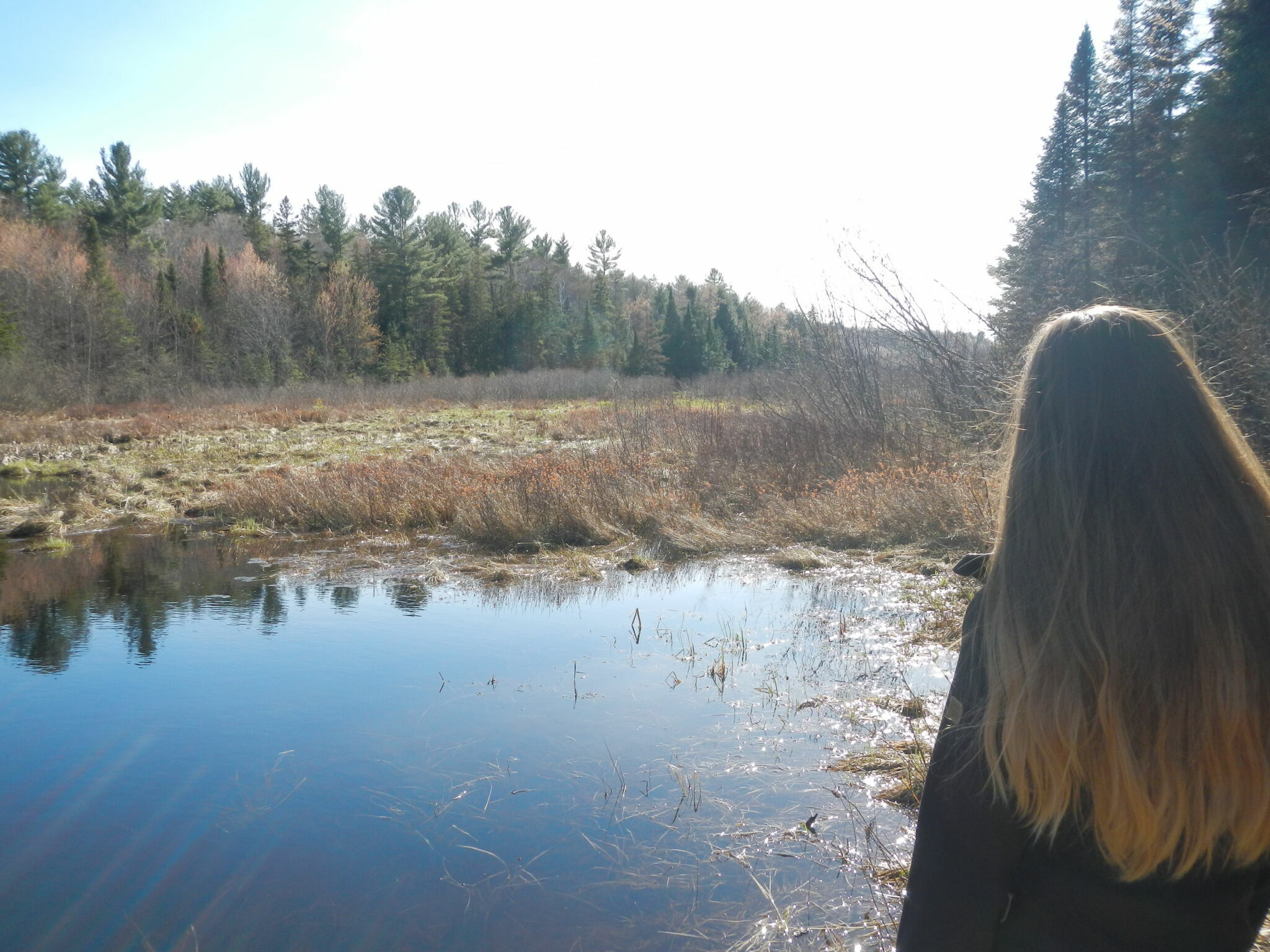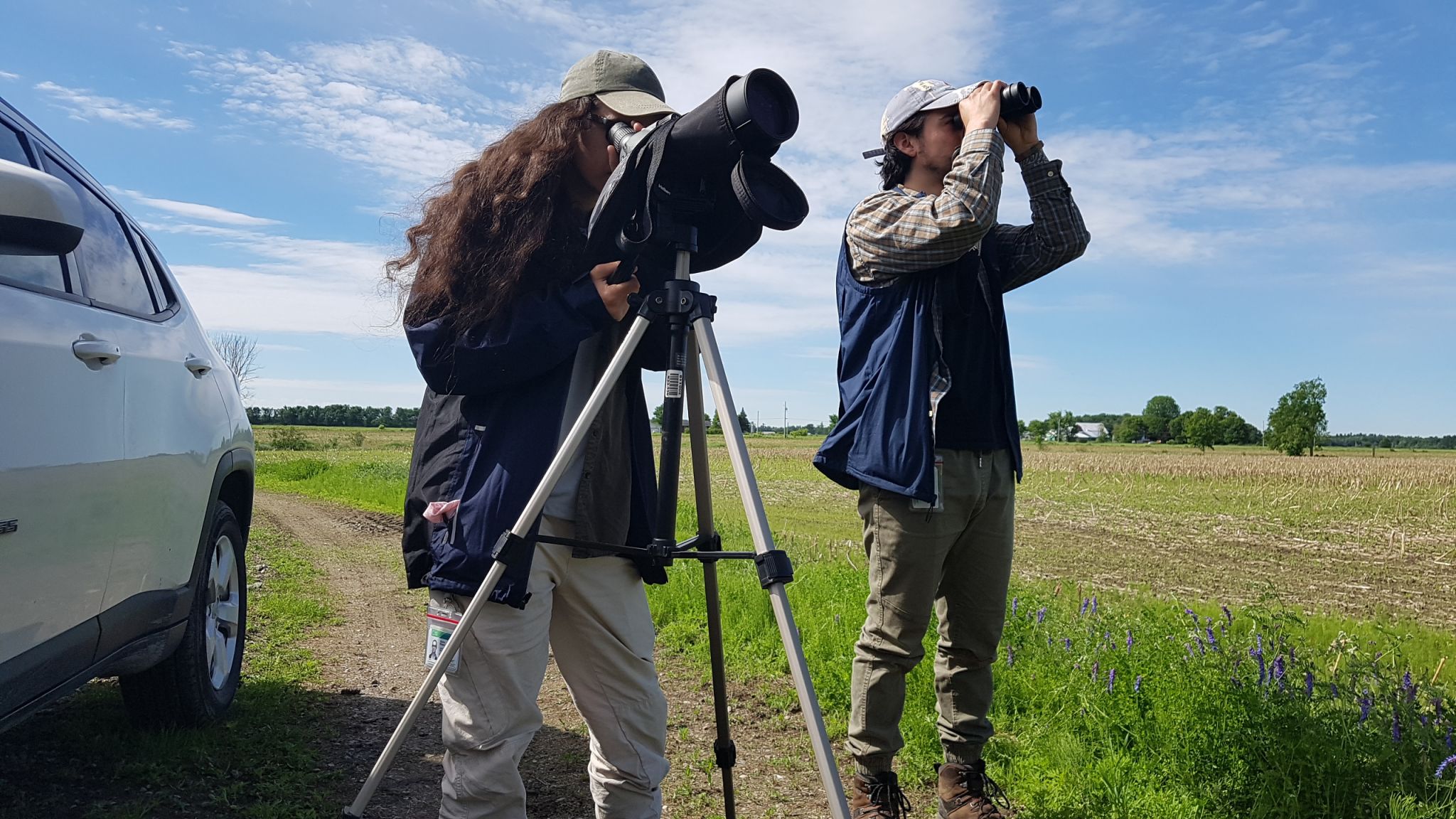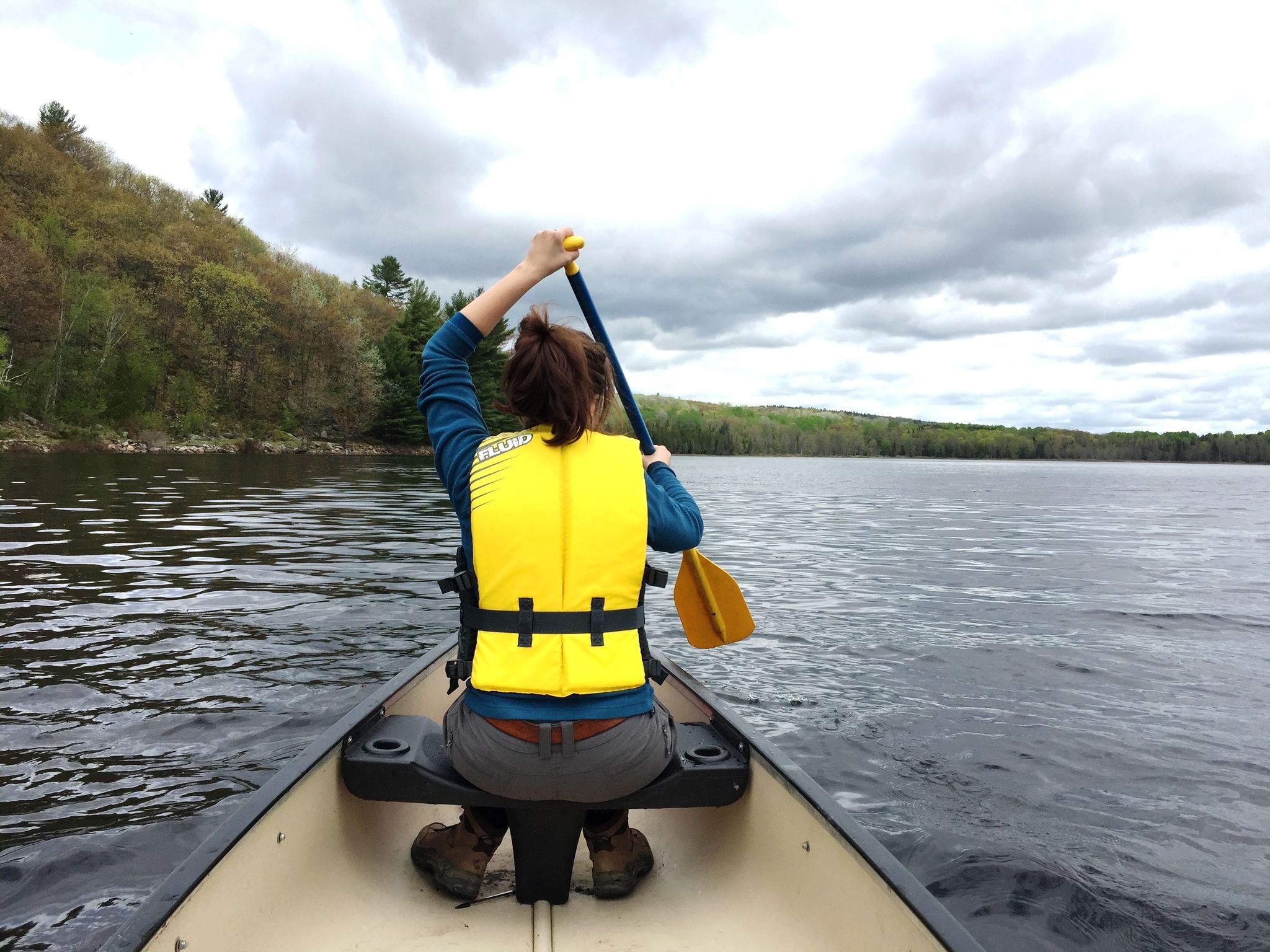Spring is an exciting season for outdoor enthusiasts. In urban areas and in nature, both people and animals eagerly welcome this new season.
For National Capital Commission biologists, spring involves more intensive fieldwork. Read ahead to find out how we protect wildlife in the spring, and how you can help.
All eyes and ears on wildlife
Observing wildlife in the spring can be a fascinating adventure. Animals that hibernate, such as bats and frogs, leave their winter sleeps. Animals such as black bears and raccoons are also emerging from their slumber.
Migratory birds return from their southern destinations to mate. Birds sing and frogs chirp as they try to attract a mate or protect their territory; these are not only beautiful to listen to, but are also important for our research.
Some of our favourite calls come from the chorus frog, an at-risk species about the size of a large grape. This frog has a unique call that sounds like fingernails dragging down the teeth of a comb and can be heard from a distance of up to 1 km away!
Spring is therefore the perfect time to observe, count, and document various species. By studying migration, reproduction, and behaviour, we help ensure that the state of the region’s biodiversity is monitored and protected each year.
For example, from April to June, we perform an anuran inventory (frogs, tree frogs and toads) by heading near certain ponds during the breeding season and closely listening to their calls. This enables us to identify different species and estimate their numbers.
Going into action to protect wildlife
The common loon, the peregrine falcon and the Eastern Meadowlark are bird species that can be sensitive to human activity. They need calm, quiet and room to breed and raise their chicks. They often begin doing this in the spring.
Here are some of the ways that we protect breeding and nesting sites.
Marked trails
Well-marked official trails usually help people keep their distance from breeding and nesting sites. We also encourage responsible use of the trails through awareness activities.
Physical barriers and signage
We sometimes put fences up or close off trails and sectors/zones during nesting season.
We also put signs up to protect nesting sites for certain sensitive species such as the common loon or the peregrine falcon. By keeping your dog leashed and staying on official trails, you are also helping to protect ground-nesting birds.
Road safety
Salamanders, turtles, snakes and frogs sometimes get struck by vehicles on roadways, including near wetlands on NCC lands. This is especially frequent in spring, when animals are moving around and mating.
Here are some measures that help protect animal species on the roads:
- Wildlife crossings
- Periodic road closures
- Signs indicating the presence of animals on the roads
- Speed limit reduction
Drone ban
Drones can disturb animals. The recreational use of drones—in all seasons—is therefore prohibited in the Greenbelt, in Gatineau Park and at Mud Lake. On other NCC-managed lands, a permit is required for flying drones.
Now, it’s your turn!
Enjoying nature without disturbing the wildlife is easy! Follow these simple rules:
- Always stay on official trails.
- Obey closure notices and signage.
- Obey the speed limit, whether travelling by car or by bike.
- Keep your distance from wild animals and do not feed them.
- Keep your dog on a leash.
Want to get more involved? Here are two ways you can help with wildlife inventories:
- Join the Gatineau Park Citizen Science program and participate in monitoring activities.
- Participate in regional initiatives such as biodiversity and bird inventories, then enter your data in an app like eBird. Your sightings will be added to our team’s observations.
Spending time in nature goes hand in hand with wanting to protect the environment. This spring, we encourage you to enjoy the Capital’s greenspace while respecting nature.
The next time you venture outdoors, take the time to admire the brief beauty of the spring wildflowers (without picking them, of course!).


